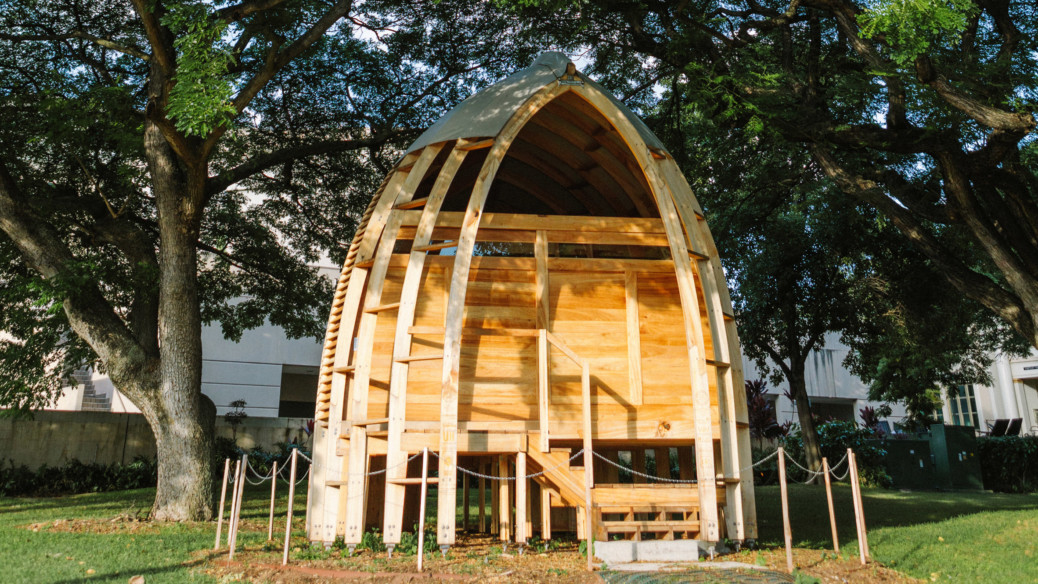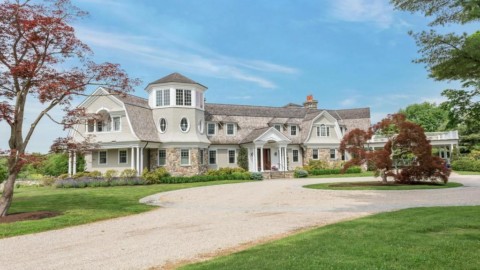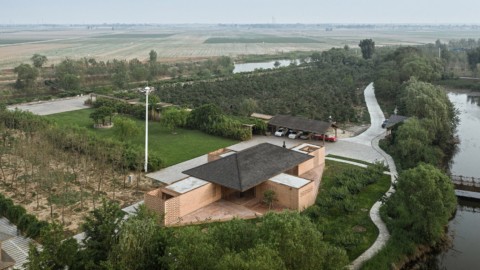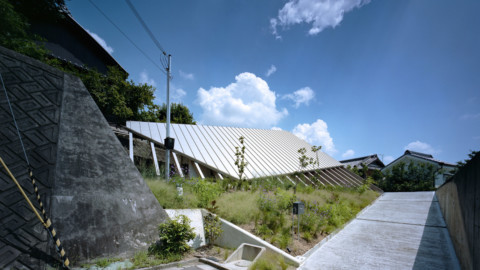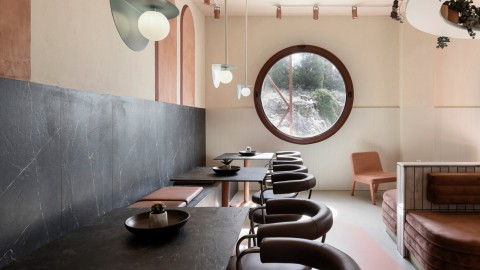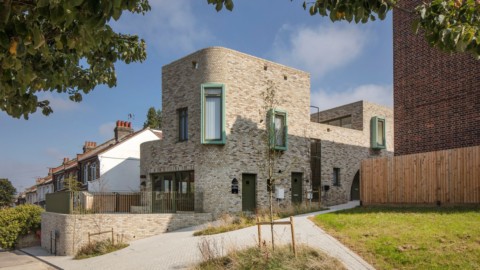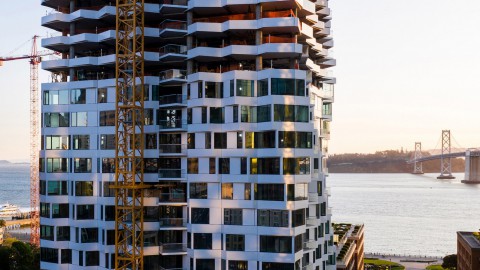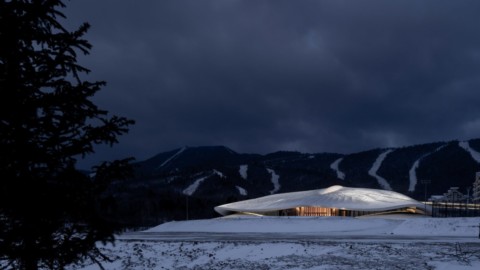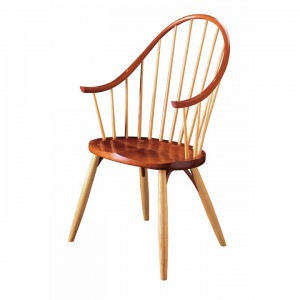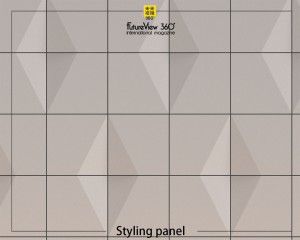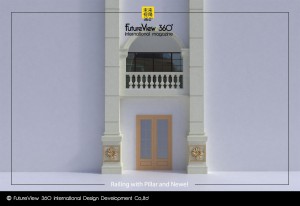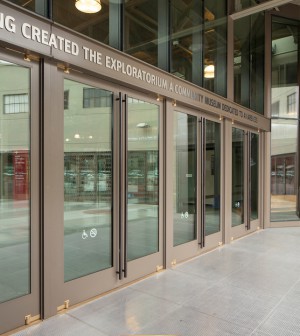University of Hawaii architect graduate Joey Valenti has designed prefabricated and low-cost housing units made entirely from invasive albizia trees on the island of Oahu.
The prefab Accessory Dwelling Unit (ADU) – a type of small residence typically built in backgardens – form part of Valenti’s greater Albizia Project, which spawned from his seventh-year dissertation.
The initiative aims to address Honolulu’s affordable housing shortage, while restoring native forests. Like other island economies, Hawaii’s heavy dependence on imports contributes to sky-high housing prices and the cost of living.
夏威夷大學建築師研究生喬伊·瓦倫蒂(Joey Valenti)在瓦胡島上設計了完全由侵入性的白花樹製成的預製低成本房屋單元。
預製配件住宅單元(ADU)是典型的瓦格蒂(Algaria)項目的一部分,該小型住宅通常建在後院中,該項目是瓦倫蒂(Valenti)七年級論文的產物。
該計劃旨在解決檀香山負擔得起的住房短缺問題,同時恢復原生森林。 與其他島嶼經濟體一樣,夏威夷對進口的嚴重依賴導致房價飛漲和生活成本上漲。
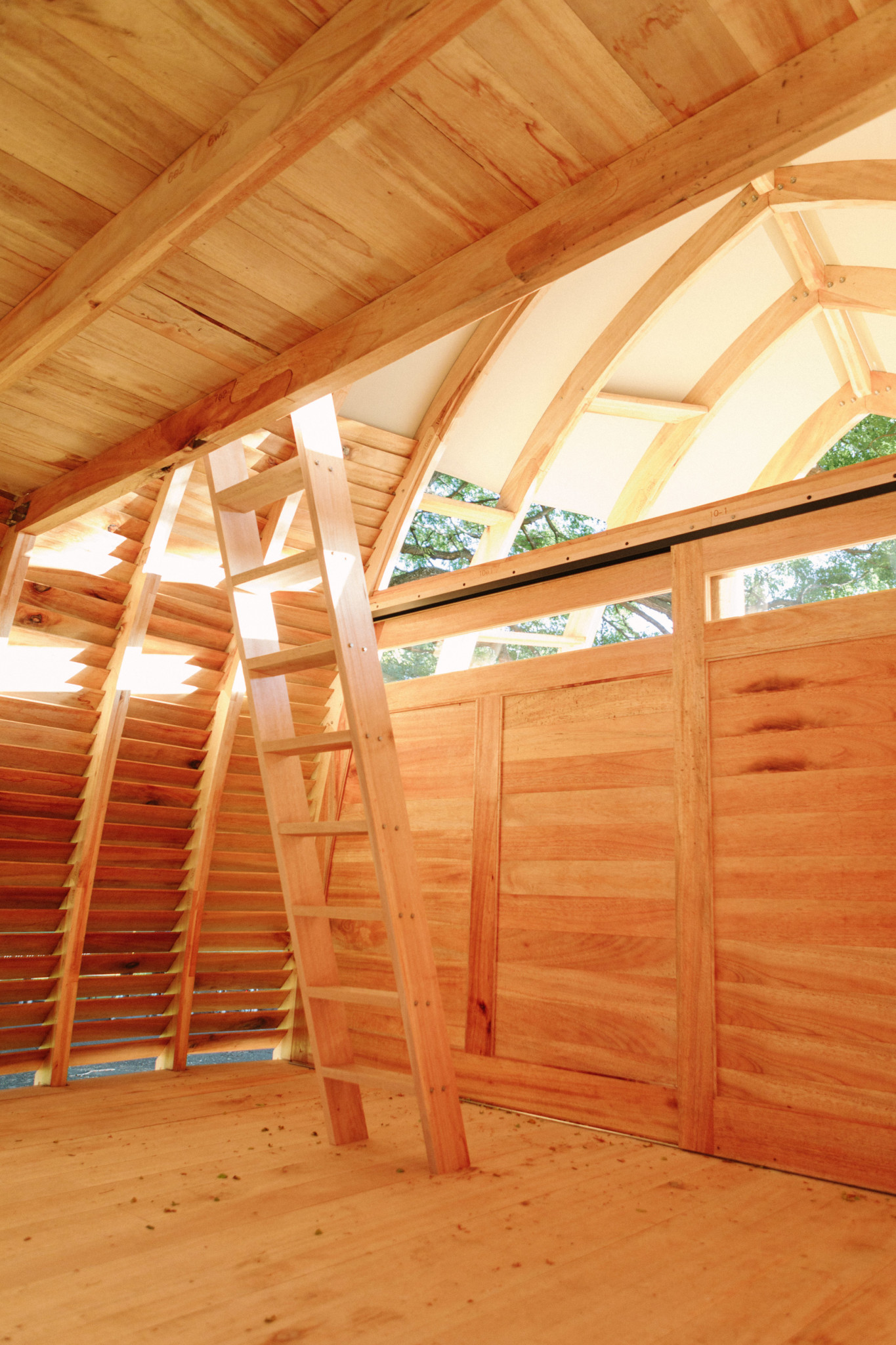
“A concern for homelessness in Hawaii is part of our core values, but we must also solve for the supply chain and ecosystem restoration challenges before pursuing commercial applications,” Valenti told Dezeen.
Valenti aims to also solve another problem of thirsty Albizia trees, which can grow up to five metres annually and are problematic as their proliferation chokes out water sources for endemic flora.
They were originally introduced to Oahu in 1917 to reforest land previously used for cattle farming. In an ironic twist, the Hawaii Invasive Species Council now encourages eradicating albizia trees to support the native ecosystem.
瓦倫蒂對Dezeen表示:“對夏威夷無家可歸的擔憂是我們的核心價值觀之一,但在追求商業應用之前,我們還必須解決供應鍊和生態系統恢復方面的挑戰。”
瓦倫蒂(Valenti)的目標還在於解決口渴的白花木樹的另一個問題,這種樹每年可以長到五米,並且由於其擴散阻塞了當地特有植物的水源而成為問題。
它們最初於1917年引入瓦胡島,以重新造林以前用於養牛的土地。 具有諷刺意味的是,夏威夷入侵物種委員會現在鼓勵消滅白花木樹以支持本地生態系統。
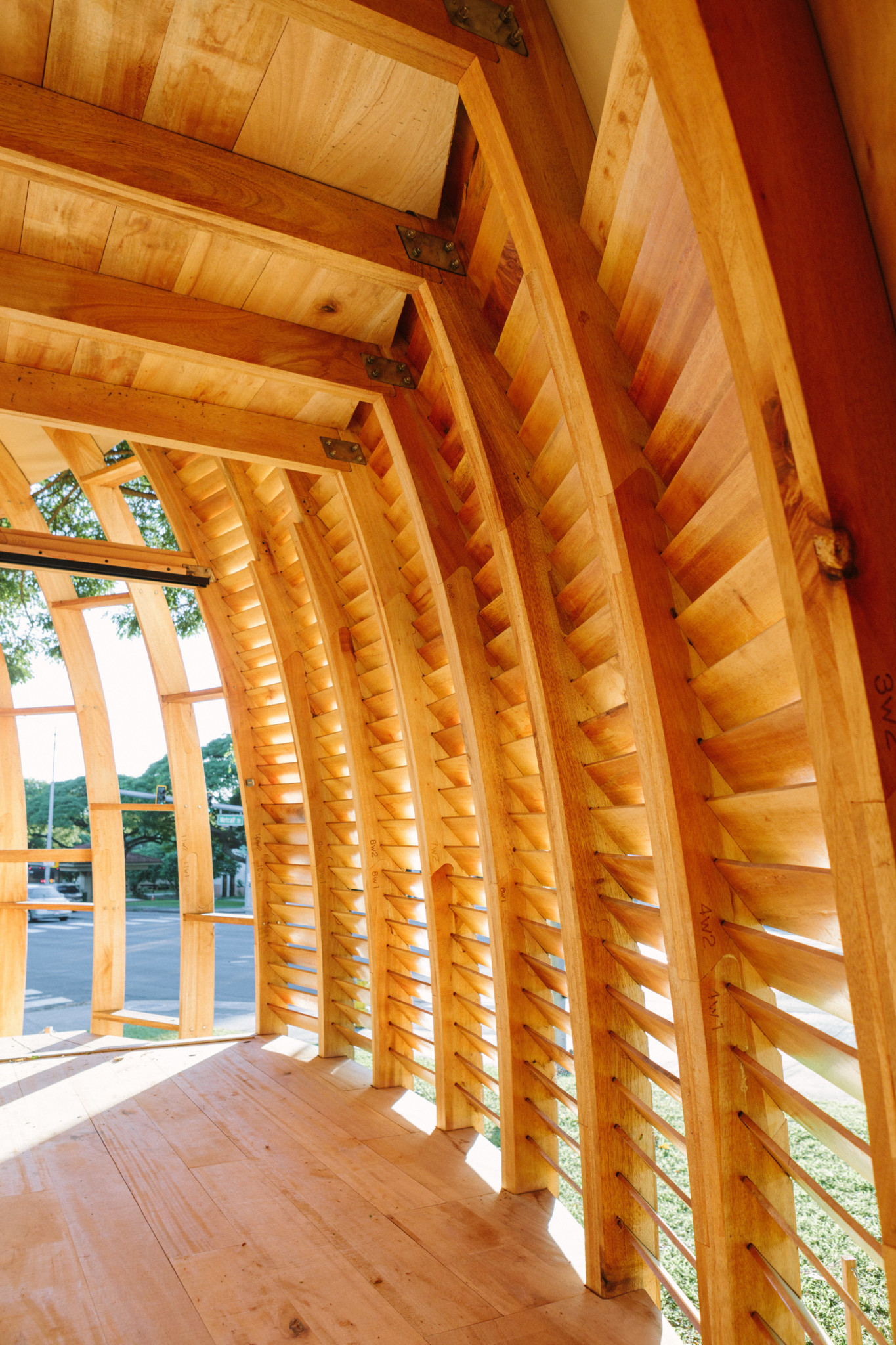
“There’s a surplus of this invasive species that people previously considered to be rubbish, just a problem,” he said. “I challenged that we think of it as a resource instead.”
With funding from sources including the Hawaii Housing Finance and Development Corporation and the US Forest Service, Valenti built a proof-of-concept called Lika on the campus of his alma mater, the University of Hawaii’s Manoa School of Architecture.
Lika’s design references traditional Pacific Islander architecture that uses solid timber, like the round thatch-roofed Samoan fale.
他說:“以前人們認為這些垃圾是垃圾,這只是一個問題。” “我向我們提出挑戰,我們認為它是一種資源。”
憑藉來自夏威夷住房金融與發展公司和美國森林服務局等來源的資金,瓦倫蒂·瓦倫蒂(Valenti)在其母校夏威夷大學馬諾阿建築學院建立了名為Lika的概念驗證。
利卡(Lika)的設計引用了傳統的太平洋島民(Pacific Islander)建築,該建築使用實木製成,例如圓形的茅草屋頂薩摩亞大草原。
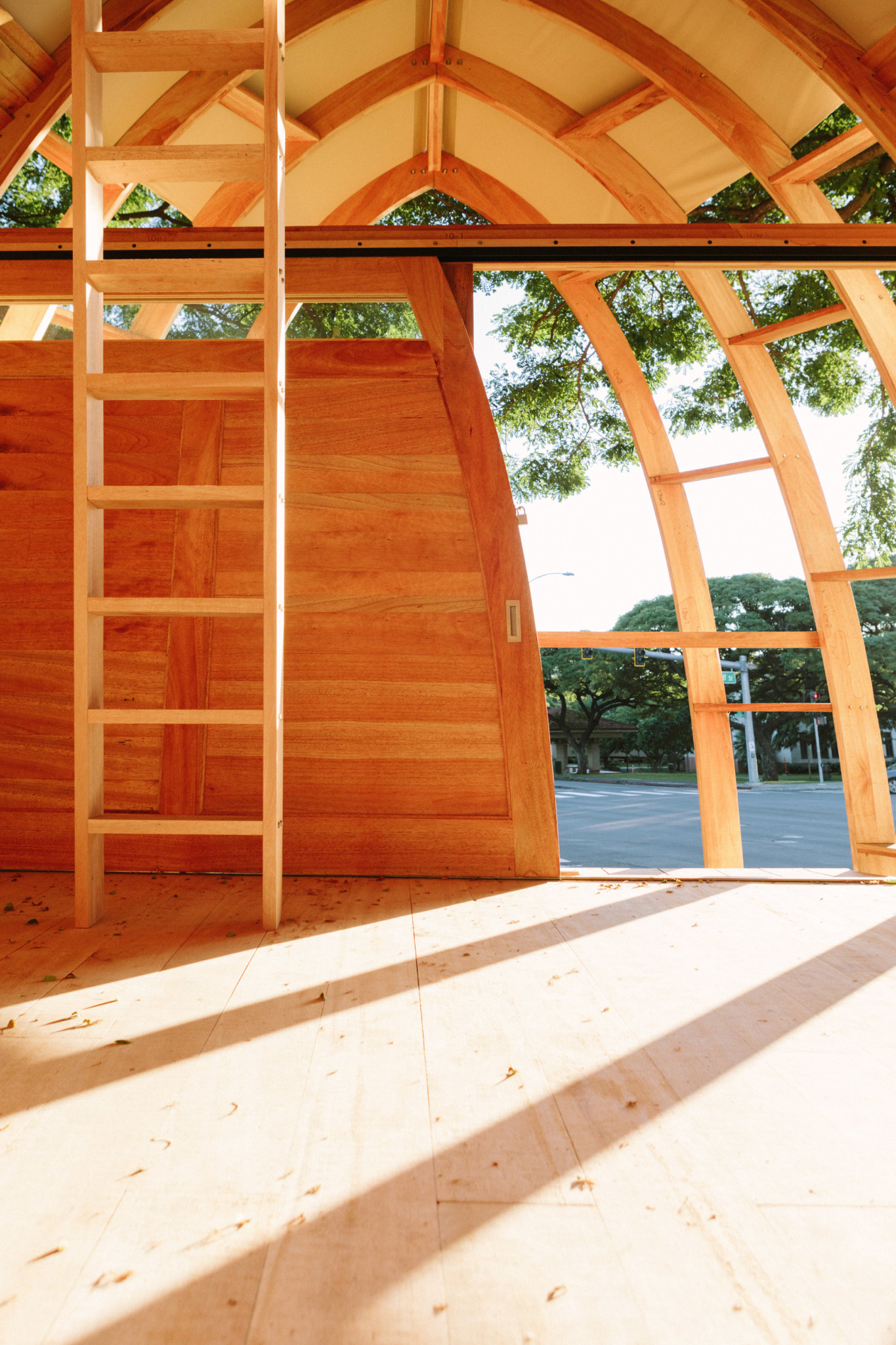
“In school we learned to base design concepts on elements of cultural significance, so I began investigating various low-tech, indigenous architecture in the Pacific Islands,” Valenti said.
“The beauty of indigenous architecture is in its simplicity and structural integrity.”
Since albizia is a soft, low-density timber, he employed new technologies in wood engineering and CNC digital cutting to fortify and cut out boards, which were then glued into layered panels before being shaped into arches and beams.
瓦倫蒂說:“在學校裡,我們學會了根據具有文化意義的元素來設計概念,因此我開始研究太平洋島嶼上各種低技術的本土建築。”
“土著建築的美在於其簡單性和結構完整性。”
由於白雲杉是一種柔軟的低密度木材,因此他在木材工程和CNC數字切割中採用了新技術來加固和切割木板,然後將其膠合到分層的面板中,然後成型為拱形和橫梁。
Valenti describes it as a “new version of cross-laminated timber”.
“It’s laminated all in the same direction, but these panels are almost like a thick layer of plywood,” he added. “This would stabilise the wood and give it additional strength before cutting the parts.”
Lika’s dome-like design is not just low cost, but it also promotes air circulation by using wood louvers.
By eliminating three walls of a standard rectangular structure, natural airflow would reduce the need for air conditioning in Hawaii’s tropical climate. The ADU is covered with a waterproof canvas roof sourced from a locally owned manufacturer that creates fabric commercial awnings.
Valenti將其描述為“交叉層壓木材的新版本”。
他補充說:“它們都沿相同的方向層壓,但是這些面板幾乎就像是一層厚的膠合板。” “這將使木材穩定並在切割零件之前賦予其額外的強度。”
Lika的圓頂狀設計不僅價格低廉,而且還通過使用木百葉窗來促進空氣流通。
通過消除標準矩形結構的三堵牆,自然氣流將減少夏威夷熱帶氣候中對空調的需求。 ADU覆蓋有防水帆布屋頂,該屋頂來自當地一家製造商,該製造商生產織物商業遮陽篷。
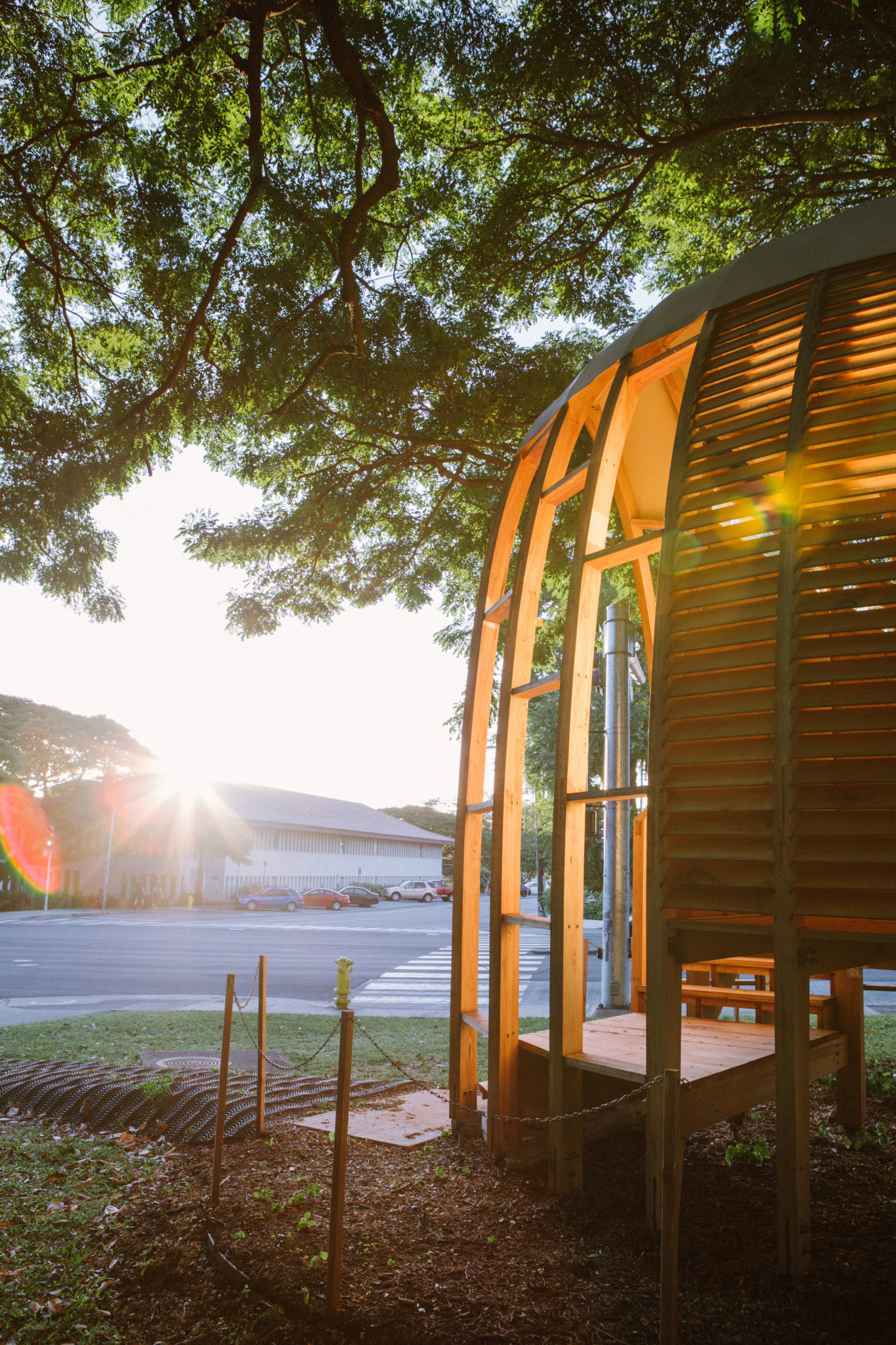
“The bulk of the time and labour intensity happens in the shop,” Valenti said. “Once everything is prefabricated, the entire structure can be installed in about a day.”
A number of American cities that face housing shortages are seeing a rise in ADUs, including Seattle, where Best Practice Architecture converted an unused garage into a small black cottage for an elderly family member, and in Toronto, where Measured Architecture added a laneway house to a narrow, residential property.
During this year’s recent Los Angeles Design Festival, a series of architect-designed granny flats were open for public tours. Also in California, British startup has teamed up with prefabricated housing company Koto to create a prefab, cabin-like unit that can be delivered to sites in San Jose in two weeks.
瓦倫蒂說:“大部分時間和勞動強度都發生在商店裡。” “一旦一切都預製好,整個結構就可以在大約一天內安裝完畢。”
許多面臨住房短缺的美國城市的ADU有所增加,其中包括西雅圖(西雅圖的Best Practice Architecture將未使用的車庫改建為供老年家庭成員使用的黑色小平房)和多倫多(多倫多的Measured Architecture在此添加了巷道房屋) 狹窄的住宅物業。
在今年最近的洛杉磯設計節期間,一系列由建築師設計的奶奶公寓向公眾開放。 同樣在加利福尼亞,英國初創公司與預製房屋公司Koto合作,創建了一個預製的,類似機艙的單元,可以在兩週內交付到聖何塞。
FROM:https://www.dezeen.com/2019/12/28/albizia-low-cost-affordable-housing-hawaii-joey-valenti/

